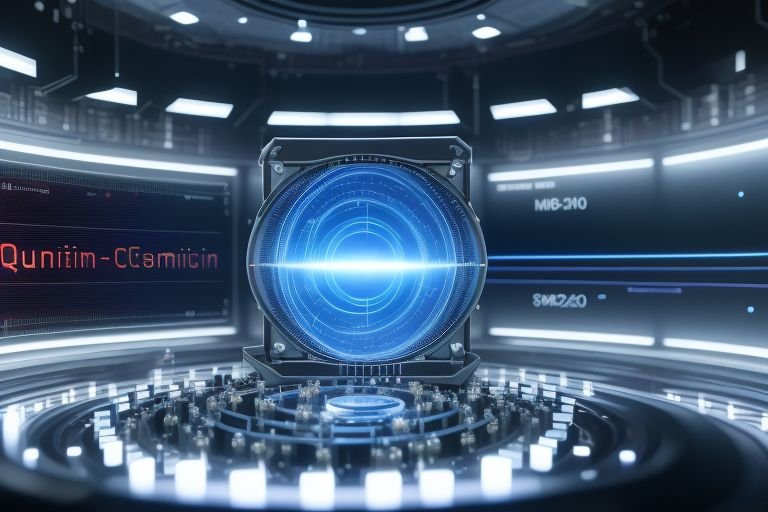
Error Correction Breakthrough in Quantum Computing
In what may be a precursor to a radical leap in the field of quantum computing, scientists at one of the most prominent technology firms have made a significant advancement in the realm of quantum error correction. This advancement is a step closer to the achievement of the goals of quantum computers which have the potential to solve problems that cannot be solved by classical computers.
Quantum computers, on the other hand, use the laws of quantum mechanics to solve problems many times faster than the conventional computers. However, quantum systems are very sensitive and easily affected by noise which results in errors in the system. This has been a major challenge in the quest to extend the quantum computer capability to solve practical issues.
The advancement is in the form of a new error correction method that allows one to lower the error levels in quantum computations. Using a complex multiple qubits system and efficient error correction algorithms the researchers have provided the evidence of achieving high levels of quantum coherence, which is necessary to perform a large number of quantum computations.
The new error correction method applies both hardware and software techniques where the hardware has been modified while the software used for error correction is new. The team implemented better quality qubits at hardware level, including better materials and better methods of protecting the qubits from the environment.
In terms of software they introduced machine learning algorithms that can easily detect and correct errors in real time and therefore ensure the quality of quantum information during the computation process.
This achievement is particularly significant because it addresses one of the most fundamental challenges in quantum computing: the main challenge of whether it is better to have more qubits, but with less stability. Thus, with this new error correction technique, the researchers can begin to look at the possibilities of scaling up quantum systems without a loss of computational precision.
The consequence of this discovery are quite significant. High-fidelity quantum computers might transform industries including pharmaceuticals, finance, and meteorology. In cryptography, it means that quantum computers can easily solve most of the current encryption methods hence the need to design new encryption methods that are resilient to quantum computers.
There is much excitement in the quantum industry as experts are calling this development a breakthrough in the field of quantum computation. It creates new opportunities for real-world quantum implementations and takes us one step further toward the realization of quantum advantage – the threshold at which quantum technologies can solve problems that classical computers cannot.
However the researchers have also noted that there is a long way to go before quantum computers become the norm. There is still a problem with increasing the number of qubits and at the same time keeping the error correction efficient, there is also the problem with the availability of the right quantum algorithms to solve the problems on these machines.
The team is now working on fine tuning the error correction strategies and on how to apply them in bigger quantum systems. They are also working with the software developers to develop new quantum algorithms that can be applied by exploiting this new notion of stability and reliability.
In view of the current development in quantum computing, it can be argued that the world is in store for a new generation of computational capability. This error correction milestone means a giant step for the field and the world, as we inch towards the day when quantum computers can solve some of today’s biggest challenges.

